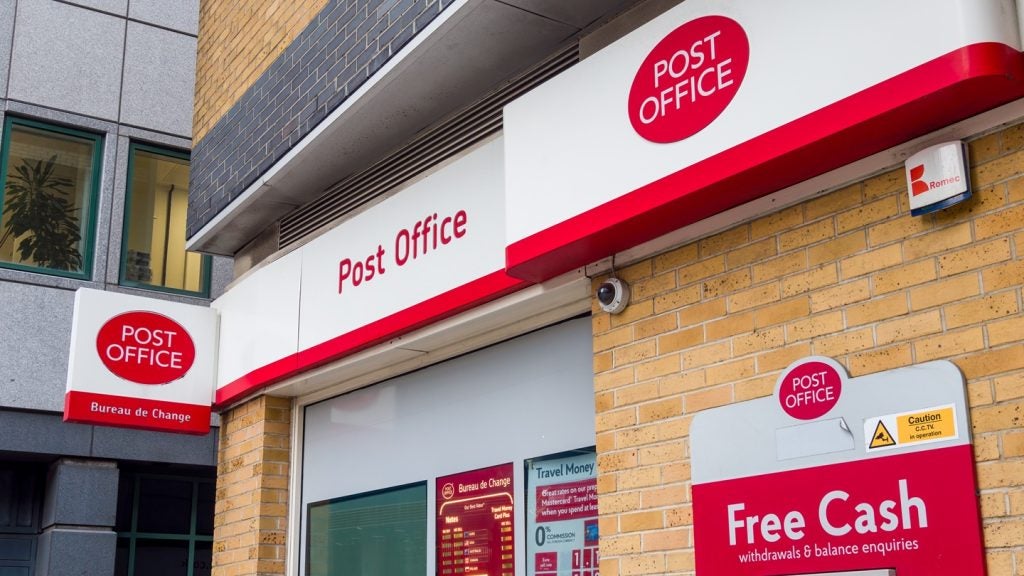With risk management in the spotlight now
more than ever, two separate reports assessing industry opinions
show that while awareness of existing problems has increased,
doubts remain over the speed and effectiveness of potential reforms
to the international banking system. Dan Jones
reports.
Two separate surveys of senior executives from retail banks and
other financial institutions have summed up the prevailing
sentiments of the financial services industry: that risk management
strategies are inadequate and must be reformed as a matter of
urgency.

Access deeper industry intelligence
Experience unmatched clarity with a single platform that combines unique data, AI, and human expertise.
While such broad conclusions may now seem
obvious to all but the most optimistic observers, the reports –
from consultancy Deloitte and the Economist Intelligence Unit (EIU)
– do provide a number of notable insights into the current state of
industry thinking.
The sixth edition of Deloitte’s Global
Risk Management Survey is undoubtedly even more topical than
its predecessors given the unprecedented strains placed on the
industry over the course of 2008. One of the survey’s key findings
was that the integration of risk management operations remains
incomplete at many financial institutions; another was that
suitable IT risk management infrastructure is often lacking.
But an overarching theme is that while many
organisations may have believed themselves to be well prepared for
any number of eventualities, it was the combination of those
outcomes that truly exposed the flaws in risk management
systems.
“Typical observed diversification doesn’t
always work. You’ve got to worry about all of the effects – on
equity, on liquidity, on capital availability, and so on. Also,
whatever you imagined as an extreme tail event, imagine something
even worse. And then make sure you understand all its implications
to your business as a whole and also to your various entities,”
said one unnamed insurance chief risk officer.

US Tariffs are shifting - will you react or anticipate?
Don’t let policy changes catch you off guard. Stay proactive with real-time data and expert analysis.
By GlobalDataJust 36 percent of respondents to the Deloitte
survey said they had an enterprise risk management (ERM) system in
place, enabling them to make integrated and comprehensive
assessments of a variety of risks, as well as an objective and
consistent approach to managing such issues.
“Even among institutions with $100 billion or
more in assets, a little more than half (58 percent) had an ERM
programme already in place,” the report found.
While the immediate downside risks for
investment banking divisions can be said to have subsided somewhat,
for retail banks the question remains highly relevant given the
rising level of consumer delinquencies now being seen in almost
every region.
Nonetheless, the EIU’s report, After the
Storm, cites “relations with customers” as being the area in
which executives are most optimistic of improvement over the next
12 months, ahead of revenue growth, profitability, share price,
investor relations and capital adequacy.
However, this may simply be the case because
so few executives are optimistic on the other metrics. Only
one-third of those surveyed, for example, believed that the outlook
is positive in terms of revenue growth or profitability over the
next year; perhaps even more alarming is the fact that an even
smaller percentage said that confidence is returning to their
business.
That pessimism extends to the potential
solutions available: less than a third of respondents said they had
faith in the ability of policymakers to formulate suitable
responses, with confidence in regulators being particularly
poor.
Independently validate risk
models
Existing regulatory preferences have
been limited in their attempts to moderate risk, according to the
Deloitte survey. While regulatory authorities have been encouraging
firms to independently validate their risk models, just 53 percent
of institutions participating in the survey had such a function.
Though a further 17 percent said they planned to institute such a
function, the remaining 30 percent – the majority of whom were
located in Asia-Pacific – had no such plans.
“In the future, we expect that more
institutions may choose, or be compelled, to develop an independent
model validation function,” the report suggested.
Other findings of the EIU study are more
dramatic: 46 percent of respondents either strongly or slightly
agreed with the statement “the US government should never have
repealed the Glass-Steagall Act”. The repeal allowed financial
institutions to participate in both commercial and investment
banking activities.
While the introduction of legislation designed
to re-impose such requirements seems unlikely at best, banks are
nonetheless simplifying their own businesses in other ways, a
process that has expressed itself most evidently in the retreat
from international expansion now being seen at a number of global
retail banking giants such as Royal Bank of Scotland and ING.
Yet according to the EIU study, the trend is
more complicated than a simple out-and-out domestic
retrenchment.
While 67 percent of respondents said they
would either implement a significantly or somewhat greater focus on
their domestic market over the next 12 months, over a third also
said they would put greater focus on overseas emerging markets.
The real sufferers in this scenario are
overseas developed markets, which just 29 percent said they would
look to target more intently over the next year.
The current climate has brought “greater
understanding” of risk management, in the words of Ed Bradley, head
of strategic risk analytics at Australia’s BankWest, now owned by
Commonwealth Bank of Australia.
Bradley cites the fact that BankWest has made
its informal discouragement of 100 percent mortgage lending into a
firm rule as an example of how tweaking existing measures can
constitute meaningful change.
The real question may be whether such
enforcements will remain as rigid once the credit crisis is a thing
of the past.
|
RISK MANAGEMENT |
|||||
|
How do you currently rate the |
|||||
|
5 |
4 |
3 |
2 |
1 |
|
|
Revenue growth |
10 |
24 |
36 |
24 |
8 |
|
Profitability |
9 |
24 |
35 |
25 |
7 |
|
Relations with customers |
13 |
43 |
32 |
11 |
1 |
|
Relations with investors |
7 |
35 |
40 |
14 |
4 |
|
Capital adequacy |
15 |
36 |
32 |
15 |
3 |
|
5=significantly positive; 4=somewhat |
|||||







